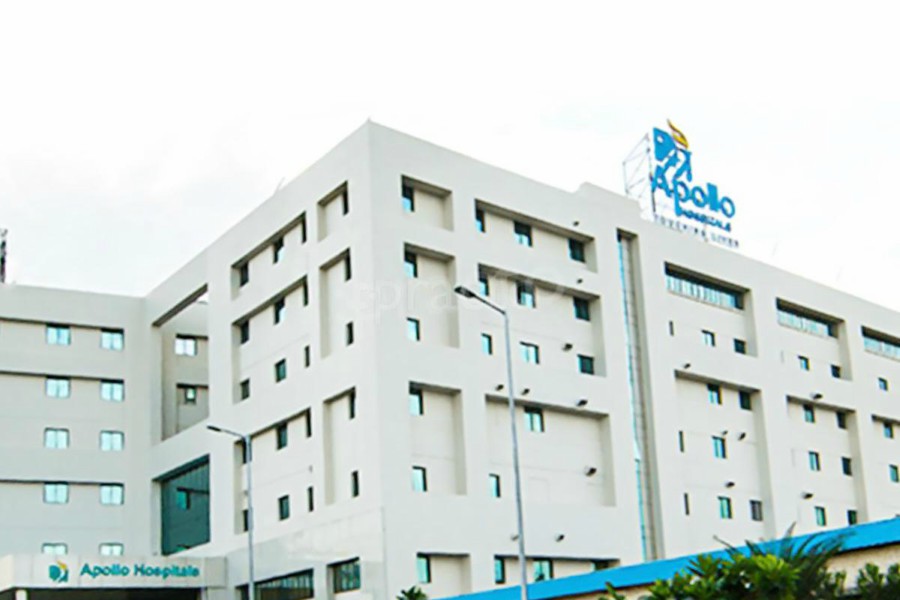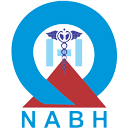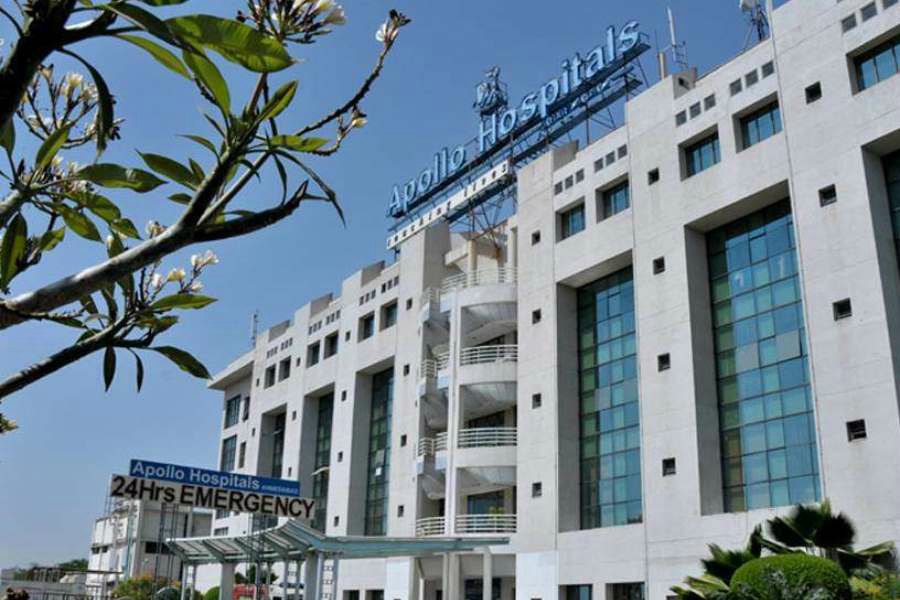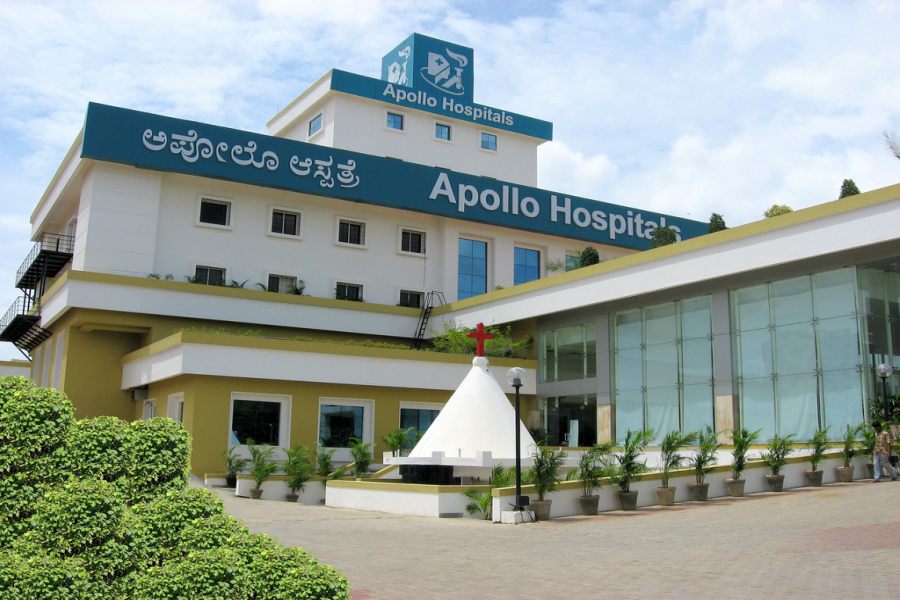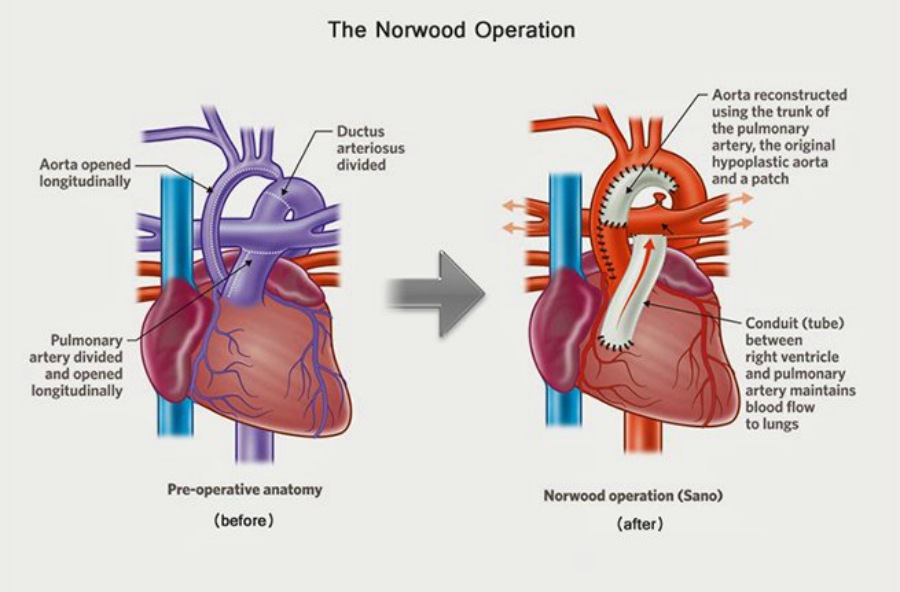
Overview
What is Norwood Procedure?
Normally, the left side of our heart pumps blood all over the body, and the right side of the cardiac muscles pump blood into the lungs. In some cases, especially in infants, the lower left chamber of the heart has too small a size or is absent, and the valves on the left side of the heart does not work properly. This causes the right side of the heart to take the whole strain of pumping the blood into the body and also to the lungs. This condition is known as hypoplastic left heart syndrome.
One of the several surgical procedures undertaken in the first two weeks to correct this condition is known as Norwood procedure. It is the first of the three-step procedure for the surgical treatment of hypoplastic left heart syndrome and is performed shortly after the affected child is born.
Reason for doing it
The left and right side of the heart functions in different ways to pump the blood into the body. The left side is responsible for pumping blood all over the body, whereas the right side takes care of the lungs.
During the first several days of the baby’s life, the right side can transport blood both to the pulmonary chambers and the rest of the body. It is performed by a blood vessel known as ductus arteriosus that links the pulmonary artery directly to the aorta. The oxygenated blood can return to the right side of the heart by a natural aperture, known as foramen ovale, located between the atria. This condition, where the foramen ovale and the ductus arteriosus are both open, is known as being “patent.”
After the first days or two, the apertures close naturally and the right side of the heart loses its capability to pump blood outwards. Therefore, after a brief period of medication that keeps this holes open, surgeries like Norwood method must be performed to ensure that the cardiac error is corrected.
Causes
The reasons for the generation of defect in heart that may lead to the application of a Norwood procedure has no specific cause. In most of the cases, this situation is seen in the newborn baby within a few days of its life. The few causes that has been known for the generation of hypoplastic left heart syndrome can be given as;
- Genetic: It has been seen that if one member of the family has this condition, the probability of having it again increases for another child, yet to be born.
- Familial predisposition: it has been observed that hypoplastic left heart syndrome occurs more in some families than others. Incidentally, the reoccurrence risk in first degree relatives of infants with this condition is projected at 2 to 4 percent.
In most of the cases, the condition occurs in the newborn children by chance, and has no specific reason of development.
SYMPTOMS
As the cause of this condition is prevalent in newborn babies, the symptoms are easily observable and identifiable. The several symptoms that may urge a neonatal cardiologist to consider the application of a Norwood procedure can be surmised as;
- Having a grey-blue skin colour, also known as cyanosis.
- Rapid breathing or facing difficulty in inhalation.
- Reduced feeding
- Low temperature in the extremities, especially the limbs.
- Slow and labored heartbeat.
- Showing drowsiness or long periods of inactivity.
- Dull and unblinking eyes.
DIAGNOSIS
In many cases, conditions that need a Norwood procedure can be identified even when the fetus has not left the womb. After delivery, the baby may appear grayish-blue in color, be inactive, and have difficulty breathing.
Diagnostic analysis for hypoplastic left heart syndrome depends on the child's stage of development, medical conditions etc. Some tests that may be suggested the doctor can include the following:
- Chest X-ray: A diagnostic test that uses high-wavelength and invisible X-ray radiation to get a 2D image of internal tissues, bones, and to identify any structural issues in the organs.
- Electrocardiogram: This test is used to detect uncharacteristic rhythms (arrhythmias or dysrhythmias) of the heart, and test for damages in the heart muscles.
- Echocardiogram: This procedure is used by applying sound waves that can detect structural and functional anomaly of the heart. Almost every case of hypoplastic left heart syndrome is detected by this procedure.
Also, Magnetic Resonance Imaging, Ultrasound and other test can also be done to get the diagnosis of this condition.
RISK FACTORS
Application of the Norwood surgical procedure for hypoplastic left heart syndrome may include risks and complications as:
- Having poor stamina and getting exhausting easily when participating in any workout, exercise or physical activity.
- Recurrent abnormalities in heart rhythms (arrhythmias or dysrhythmias).
- Retention and buildup of fluid in the lungs, stomach, legs and feet; giving rise to pulmonary, abdominal, and tissue edema respectively.
- Restrictive growth will ill-developed physical features.
- Development of blood clots that may cause a pulmonary embolism or stroke.
- Progressive complications related to the brain and nervous system
- Need for further heart surgery or transplantation.
POST-OPERATIVE CARE
- The patient may be admitted to the neonatal intensive care unit (NICU) for a short duration after the surgery.
- An IV channel will be created to give nourishment, medications, and other factors to the patient.
- A catheter may be applied to support micturition.
- Your child may need follow-up care for his or her whole life.
- The doctor may suggest a must-have course of antibiotics before any dental or other procedure.
- Have a consultation with your doctor, if you are a woman and planning to be pregnant and starting a family.
TREATMENT
Management of illnesses that has the need of a Norwood procedure with medicines will not be operational in the long run, as they will only work to keep the apertures open for a little longer, which may abate the symptoms for the time being. According to the age of the patient and the development of the disease indicators, the pediatric surgeon may mention the following tips for before, during and after the surgery;
Before surgery
The surgeon may recommend several tips for the smooth operation of your baby. Some of them can be stated as;
- Hospital staffs may take your family history, any medicine usage by the parents, and any case of hypersensitivity to certain drugs.
- Medicines that keep the ductus arteriosus open and help in dilating the blood vessels may be given.
- If your child has trouble breathing, he or she may be attached to a breathing machine or ventilator, which will help in having a continuous source of oxygen.
- Your baby will be given medicines and solutions through an intravenous channel.
- A feeding tube may be applied if your child gets tired while feeding or has difficulty in it.
- A procedure to create or enlarge the aperture between the cardiac upper compartments may be performed to ensure the increase of blood flow between the right and left atrium if the foramen ovale is closed or too narrow. This is known as atrial septostomy. If your child has atrial septal defect, then this operation will not be necessary.
During the procedure;
- Your child will be positioned in the surgical table in a supine position.
- Your baby will be most likely made totally unconscious.
- He or she will be linked to a heart-lung bypass machine which will keep the flow of blood ongoing during the operation of the cardiac chambers.
- The surgeons will rebuild the aorta and make a direct connection to the right ventricle, the heart's lower right chamber.
- The pediatric cardiac surgeon will attach a tube or shunt that unites the aorta to the blood vessel leading to the lungs, also known as pulmonary arteries, or place a bypass that connects pulmonary arteries to the right ventricle.
- Alternatively, the surgeon(s) may transplant a stent in the ductus arteriosus to sustain the aperture present between the pulmonary artery and aorta, put bands surrounding the pulmonary arteries to diminish blood flow to the lungs, and produce an alternative pathway between the atria of the heart.
The surgery may take up to six to eight hours, depending upon the state and medical history of the patient.
FACTORS AFFECTING COST
The cost of Norwood procedure for the treatment of hypoplastic left heart syndrome will be greater than an open-heart surgery and may change according to the following;
- The operation theater charges.
- The charges of the pediatric cardiologist and any other specialist.
- The life-sustaining instruments (ventilator, heart-lung machine).
- The cost of the drugs administered.
FAQ
Hypoplastic left heart syndrome, the condition treated by Norwood surgery, is fatal without surgical intervention and accounts for 25% to 40% of all neonatal cardiac deaths.
You can consider having a heart transplant later, however, that is expensive and needs a donor, who may not be readily available.
No, it is the first of a three-stage procedure which takes place shortly after birth.


 Best Hospitals
Best Hospitals
